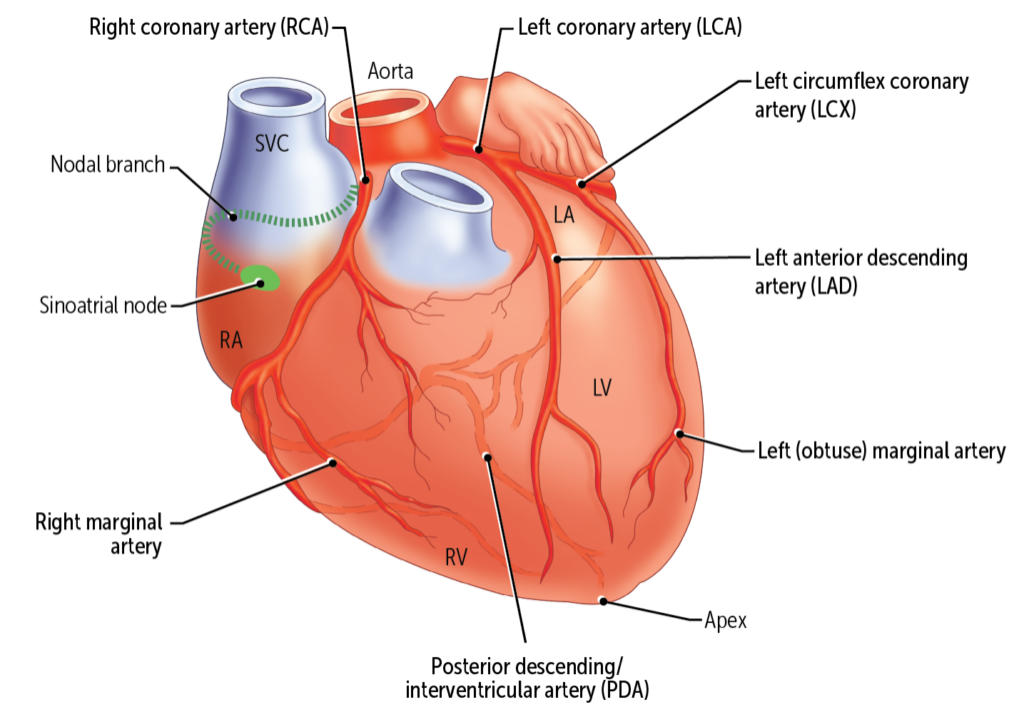The ductus arteriosus (DA) is a structure that allows blood pumped from the right side of the heart to bypass the lungs while the fetus is developing in utero. Normally, the DA closes shortly after birth and becomes the ligamentum arteriosum. When the DA fails to close (remains open, or patent) after birth, it is known as patent ductus arteriosus (PDA). This acyanotic congenital heart defect causes abnormal blood flow from the left to the right side of the heart and can lead to heart failure and failure to thrive in neonates.
After listening to this AudioBrick, you should be able to:
- Define patent ductus arteriosus (PDA).
- Describe the anatomy and intrauterine function of the ductus arteriosus, the normal sequence of changes in the ductus during the transition from fetal to postnatal circulation, and the consequences of failure to close the ductus.
- Describe the findings on physical exam of an infant with a PDA, the clinical presentation of a child with a significant PDA, and the diagnostic tests used to confirm the diagnosis of PDA.
- Explain the treatment options for a child with a PDA, along with the risks and complications associated with an untreated PDA.
If you haven’t subscribed to the Rx Bricks Podcast, we suggest you do it today!
Head to the homepage for the Rx Bricks Podcast to hear the full episode and subscribe so that you’re notified when the next one drops.



